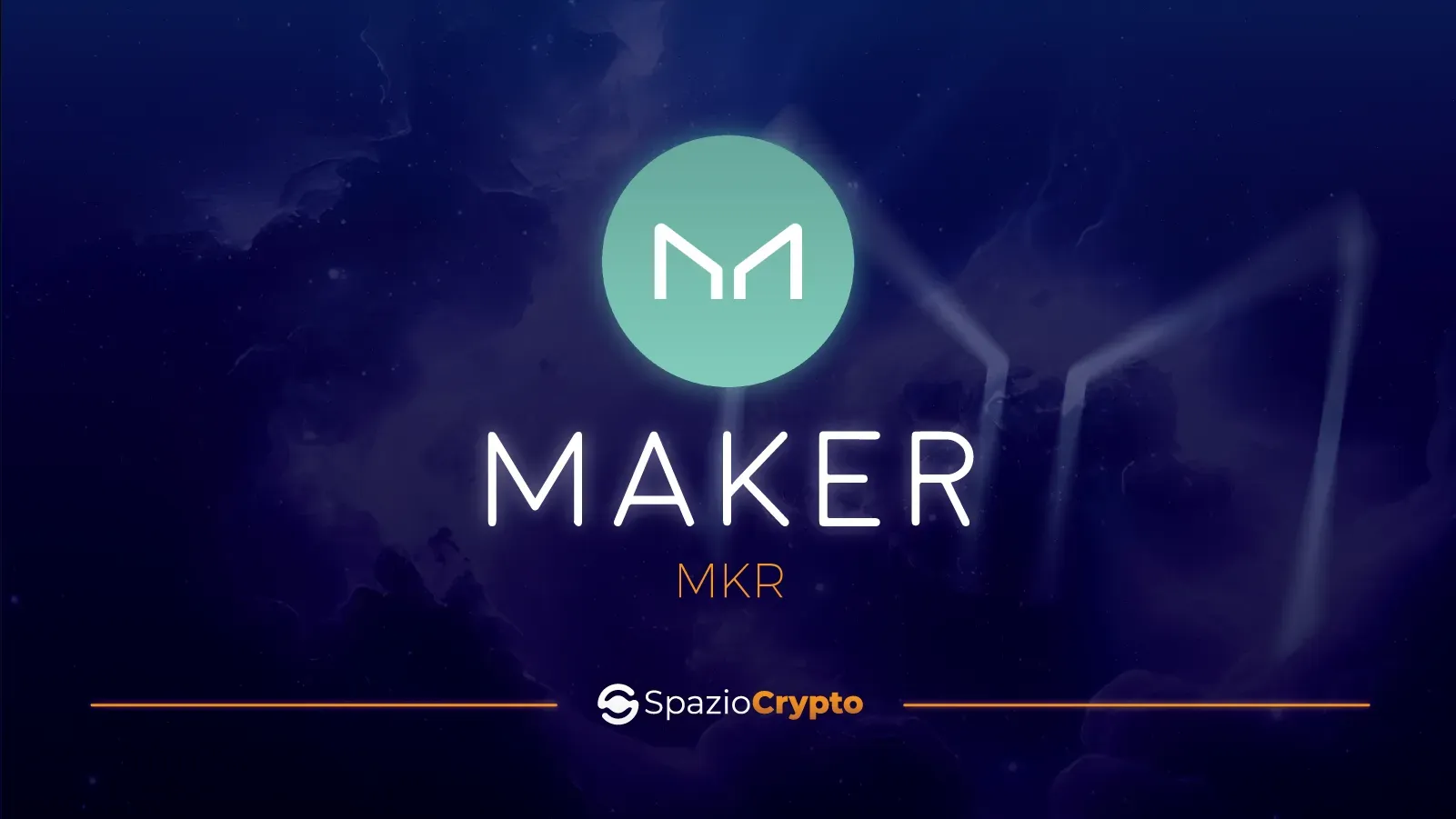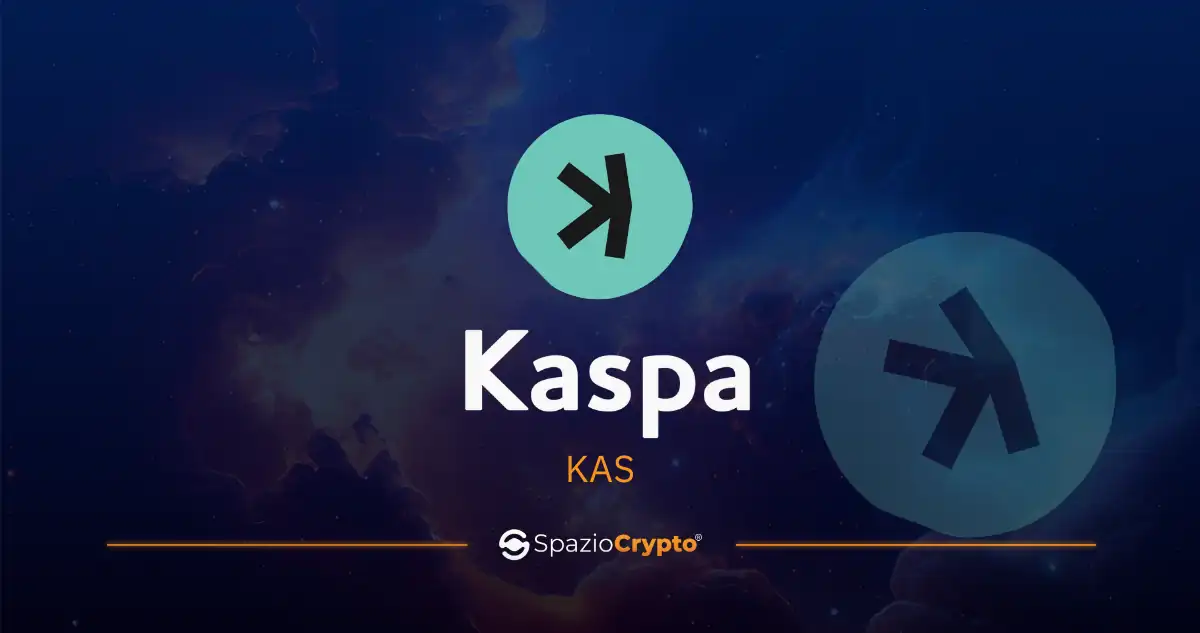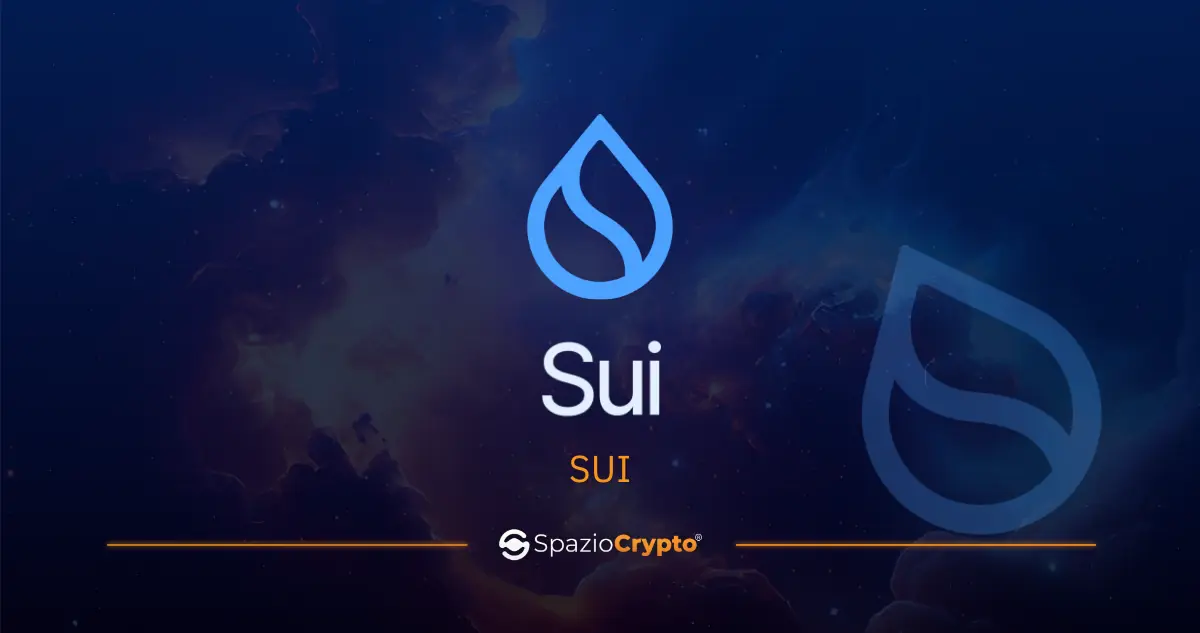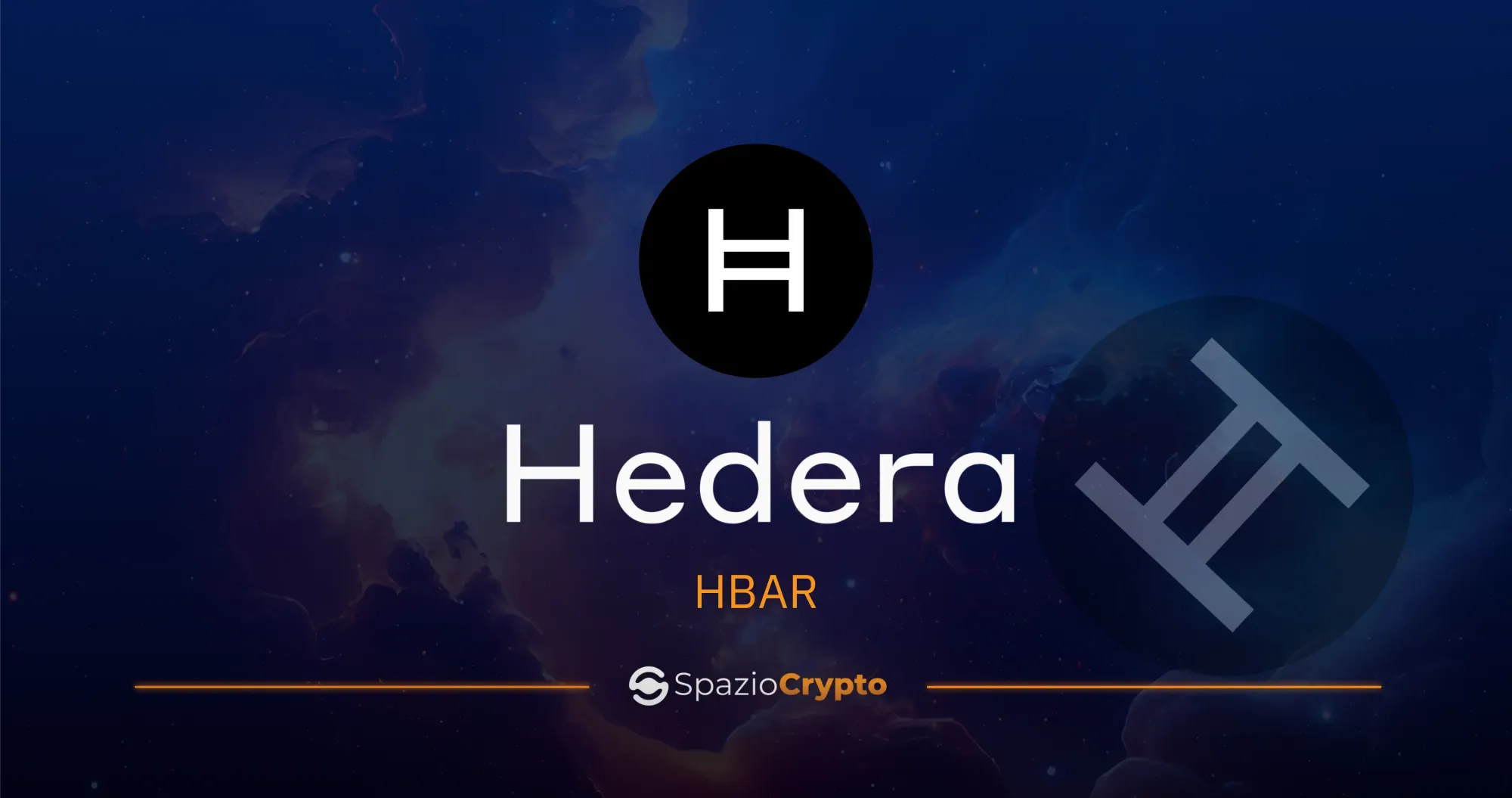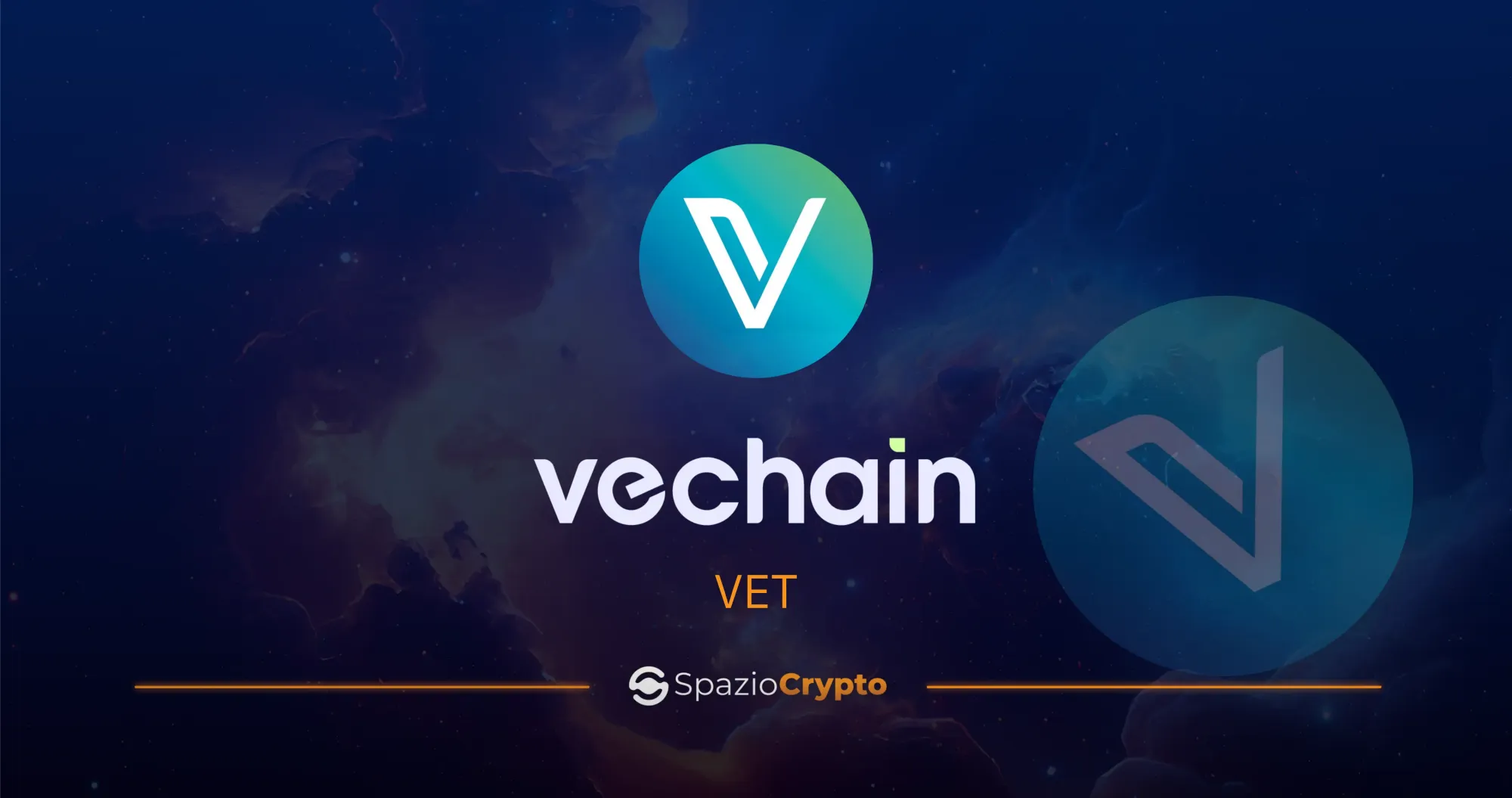MakerDAO is a blockchain-based ecosystem operating in decentralised finance (DeFi) on the Ethereum blockchain. The core of the system is the stablecoin called DAI and, unlike other stablecoins, it is not guaranteed by fiat reserves. Its stability is guaranteed by a set of smart contracts and economic mechanisms implemented within the protocol. The objective of the research is to evaluate the benefits and risks of the token of MKR governance of the MakerDAO protocol. The focus of the research is to analyse the relationship between the value of the MKR token and the adoption of the protocol, verifying whether the value of the token is directly related to the adoption of the protocol.
MakerDAO, a Simple Introduction
MakerDAO is the dApp that manages DAI, a stablecoin pegged to the dollar, with a 1 DAI=1 USD relationship. Basically, MakerDAO accepts a number of cryptocurrencies as collateral that the user can use to mint DAI and use it as desired.
In order to keep the protocol safe from bad debt, a limit is imposed on the amount of DAI that can be minted for each asset (regarding the above, a notable case study was the recent affair involving the CRV token and the AAVE money market, where no specific limit was set for each asset). This limit depends on the risk tolerance on the asset. The riskier the asset, the lower the amount of DAI that can be minted. This limit is set by the DAO, which also sets the liquidation fee, which occurs when the collateral provided is no longer sufficient to cover the user's debt.
An additional protection system for the protocol requires the various vaults to be separated from each other, so as not to spread the problems of a single vault over the entire dApp.
How DAI Maintains the Peg
In addition to the settlement fee already mentioned, there is also a fee during the minting of the DAI. Both of these fees finance the maker buffer, i.e. the large reserve that keeps the DAI stable and safe into which the protocol's various sources of income flow. The DAIs kept in the buffer will supplement the collateral if it is not sufficient to cover the DAIs minted by the users. If the amount held in the buffer is insufficient, new MKRs are minted and auctioned for DAI, which will cover the debt and keep DAI collateralised.
The Maker buffer has a limited capacity:
When DAI exceeds the buffer limit set by the DAO, it will be auctioned. Buyers can only participate in the auction by offering MKR, the protocol governance token. Whoever offers the most MKRs wins the DAI and the MKRs offered will be burnt by the foundation itself. This operation is intended to make MKR scarce, as we know that reducing the amount of coins in circulation tends to increase their value. However, there are some reflections to make, which we will make immediately after describing how the protocol works. We must point out that the process is not automatic; it is in fact the foundation that decides when to auction the surplus DAI. Understandably, the foundation has tended to initiate buybacks at bearish times in the market, in order to collect more MKR.
The Maker Buffer and Auctions: How they influence the pricing of MKR
The sustainability of the protocol is based entirely on auctions, of which there are 3 types.
Surplus Auction: the winning bidder buys the surplus Dai from the buffer, paying in MKR which will be burnt in order to reduce the amount of MKR in circulation. It is assumed to be favourable for the price of MKR;
Auction for collateral: the winning bidder pays in DAIs to purchase the assets used as collateral in a liquidated Vault. The DAIs received are used to cover the outstanding debt in the Vault, as this is an auction it is assumed that the collateral is purchased at a lower price than the market price, creating an outstanding debt (gap) - Neutral for the price of MKR;
Debt Auction: the winning bidder purchases via DAI the newly minted MKRs from the foundation to cover the outstanding debt that the collateral auctions were unable to cover. MKR is minted by the system, thus increasing the amount of tokens in circulation. Bidders are called Keepers - bearers for the price of MKR.
Governance utility of MKR:
Keepers of MKR have voting power in the DAO, they can vote to do the following:
Add a new asset type as collateral and its risk parameters;
Modify the risk parameters of one or more existing collateral asset types or add new risk parameters to one or more existing collateral asset types;
Modify the DSR (Dai savings rate);
Choose the main oracle set;
Choose the emergency oracle set;
Enable emergency stop;
Upgrade the system.
MakerDAO Protocol Risks
The protocol, although one of the most long-lived and secure, is not without risks. Some risks to consider:
Collateral volatility: loans are secured with ETH or other tokens, the price of which can be volatile. If the value of the collateral placed as collateral decreases significantly, it may trigger a liquidation event, in which the collateral is sold off to cover outstanding debt. This will result in the loss of funds.
Smart contract risk: MakerDAO, like all dApps, relies on smart contracts to function. Although MakerDAO's smart contracts are some of the most tested and proven in all of DeFI, it is impossible to rule out the possibility of a currently unknown vulnerability remaining dormant in the protocol, however remote the possibility of this happening is now.
Regulatory Risk: The regulatory landscape for DeFi is uncertain and constantly changing in many jurisdictions, so the possibility exists that regulatory actions against DeFi or directly against MakerDAO could negatively affect the protocol.
Market risk: In the market chaos at the start of the COVID pandemic, the DAI stablecoin rose from $1.00 to $1.11 as many rushed to sell their assets on the market, while in the more recent Silvergate bankruptcy case, albeit for indirect reasons, DAI was temporarily trading at a low of $0.88. Therefore, market risks may put a strain on DAI's Peg.
Governance risk: MakerDAO's decentralised management is governed by MKR holders, and if this system stagnates or is compromised, the protocol and its users will be negatively impacted.
The DAI saving rate
The Dai Saving Rate is the interest offered to those who stake their DAIs.
The DAI is financed by the Stability Fees paid by CDPs, i.e. the stability fee paid to coin (borrow) Dai and any other sources of income. Recently, the foundation has focused its attention on Real World Assets, mainly on US debt securities, which to date represent one of the main sources of income for the protocol.
The Maker Foundation is currently conducting a research study on the best optimal rate policy strategy. However, the basic logic that will follow is quite simple:
If the market price of DAI is below USD 1, the DSR will increase. This increases demand and stifles supply, which should increase the market price towards the target price of USD 1.
If the market price of DAI is above USD 1, the RSP will decrease. This will stifle demand and increase supply, which should reduce the market price of the Dai towards the target price of 1 USD.
MKR: How Solid Are Its Fundamentals?
Although the protocol has extraordinary functionality and the DAO is one of the most developed, doubts still remain as to the soundness of an investment in the MKR token. During the excursus on how the protocol works, it was mentioned that the token is minted or burned depending on the operability of the protocol, apart from its questionable usefulness as a governance token. We therefore understood that we have the only positive scenario for MKR when the DAIs in the buffer exceed the limit imposed by the DAO. These will be auctioned off to raise MKR from the market, which will then be burnt. We now need to understand whether this is actually bullish for the price of MKR, and to do so we need to understand why the practice of buybacks is effective in traditional markets.
Buyback operation
Buybacks are very common in traditional markets, where shareholders buy shares based on a valuation relative to the company's future profits, which they tend to distribute in the form of a dividend or are reinvested in the company itself. In the second case, dividends are not distributed to accelerate growth, so as to improve the market position and generate more profits, to be distributed or reinvested. In essence, the price of a share is derived from the potential dividend to which the shareholder is entitled.
The buyback is effective in the traditional market because of a mathematical issue. The buyback in fact influences a certain metric, called EPS (Earning per share). The repurchase of treasury shares on the market and their cancellation ensures that each investor will own a larger share of the company, and consequently receive more dividends as the company's profits will be distributed to fewer shareholders. The effect just described results in a temporary increase in the EPS metric that will be almost instantly rebalanced through the purchase of the undervalued shares in the market, causing their price to rise and the EPS to return to its previous level.
MakerDAO pays no dividend on MKR. MKR does not guarantee a yield, MKR has an EPS of 0. The buyback therefore reduces the quantity of money in the market but does not increase the intrinsic quality of the token. Buybacks therefore end up increasing price volatility in one direction or the other, depending on the market phase. As mentioned, buybacks are not automatic. It will be the foundation that will judge when to initiate auctions of excess DAIs, and understandably this will not happen during bull market times. So what fundamentals will push up the price of MKR? Will the simple law of supply and demand suffice?
Conclusions
In conclusion, MKR does not have such strong fundamentals to justify a long-term investment. The potential media-only boost of buybacks does not cover the risks attached to the protocol that we have mentioned. However, the soundness of the protocol remains absolute, and if MKR were to somehow become a productive asset on which to make fundamental valuations based on mathematical metrics that justify its undervaluation by the market, then MKR will be one of the best assets to hold in a portfolio in a long-term strategy, given the unquestionable validity and history of the protocol. At Spaziocrypto, we are committed to impartial, in-depth, and free research and information, and we are glad that you have learned with us about the MakerDAO ecosystem. We look forward to seeing you in our crypto guide for more in-depth content about all other cryptocurrencies!


